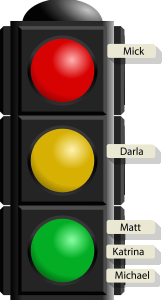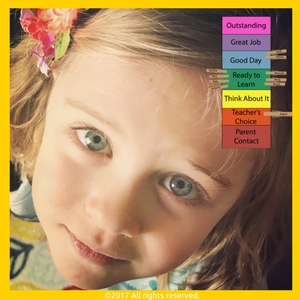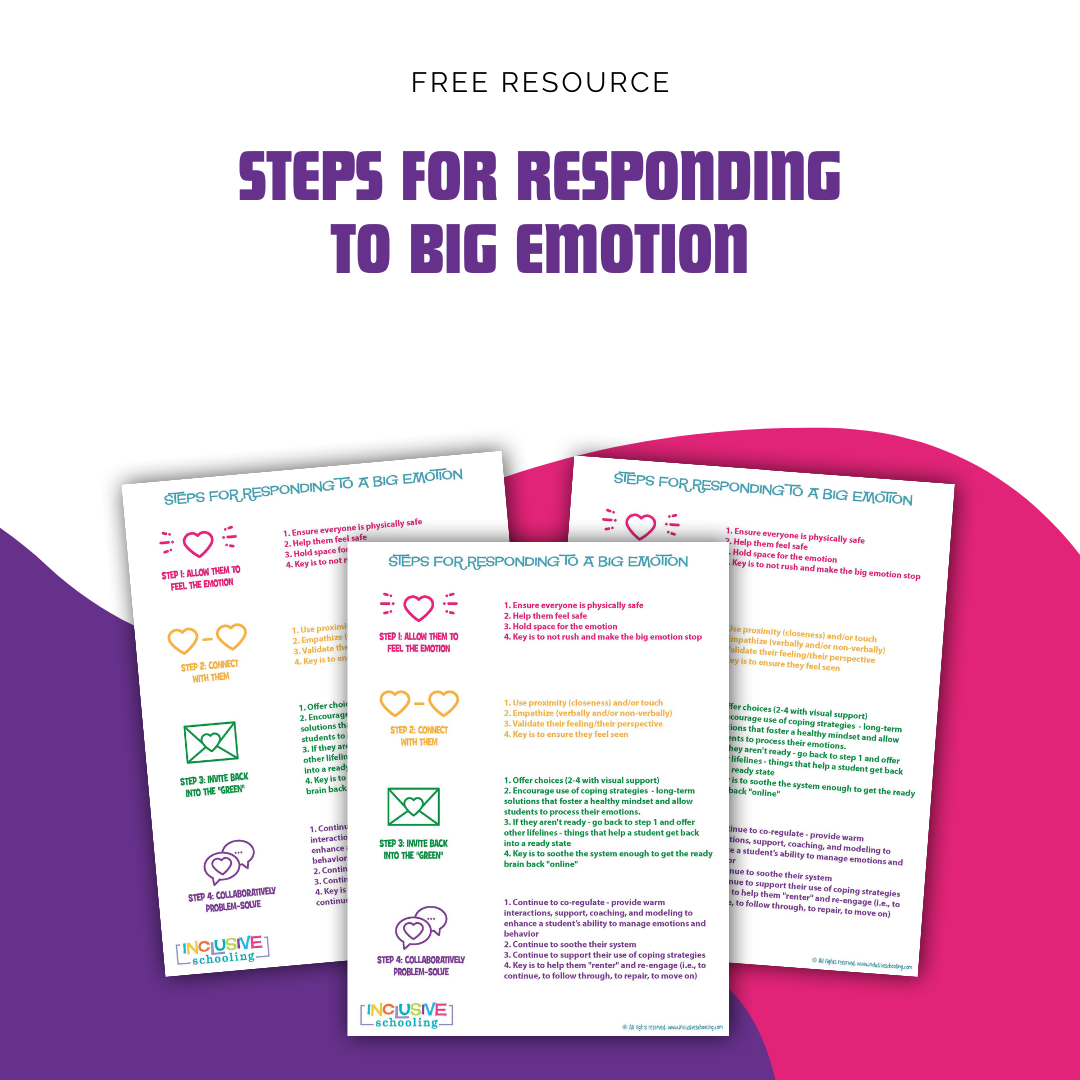Public displays of children's behaviors need to stop!
Based on our experiences, and the opinions and findings of others, our stand is that publicly tracking children's behavior from a deficit orientation is ineffective, unethical, and indeed, harmful.
In equal part, our stand is that educators and caregivers (e.g., teachers, specialists, assistants, administrators) work incredibly hard, day in and day out, and need more solutions, not more critics.
The Backstory
We've all seen them right? The stop lights, the rainbow tabs with clips and clothespins with each child's name, the pockets with colored cards that are flipped from one color to another to represent a child's “status,” and even the “Superpower” trackers…charts and cards used for monitoring and displaying children's behavior.

Indeed, they seem to be everywhere these days…there are even apps for these group-oriented (and often very public) means of tracking children's behavior.
Such methods, for “managing” children's behavior, are so common and have been used for so long, that it can be difficult to imagine how we could teach without them.
Publicly-displayed behavior management systems like these may feel like a reliable tool, a handy device to keep the peace in the classroom…but to what end? Have we considered the collateral damage they cause? And why is our stand to stop using them?
To start, let's address a few points regarding what we know about visual supports, and then about our concerns in terms of their manifestation in tracking and publicly displaying children's behaviors.
We know that visual supports are critical for helping children:
- Make the unpredictable, predictable
- Solve problems, make plans, and organize thoughts
- Deal with strong emotions
We also know that children need multiple and varied reminders regarding classroom rules, pro-social responses, and culturally acceptable behaviors.
Thus, it seems logical that individuals, districts, and even companies, would harness the power of visual supports to accomplish laudable goals…goals such as giving children feedback, creating effective learning environments, and strengthening the home/school connection.
We have come to recognize, however, that public displays of an individual child's behavior (e.g., clip charts) result in collateral damage.
Here are a few examples of what can happen when we publicly display a child's behavior on charts or cards:
- Students may experience shame or humiliation
- Students may be confused by what caused a change in their status
- Students are often unsure what to do differently next time
- Students can be rejected by peers
- Students may be bullied by peers, and in some cases, incited to act out
Given such harmful outcomes, why are visual charts and cards so popular, and use so widespread?
The answer, at least in part, requires acknowledgment of a few realities:
- Students are complicated, and teaching them to self-regulate isn't for the faint of heart.
- One-size-fits-all strategies are appealing; however, they won't fit all students we serve.
- Compliance reigns supreme, and often at the expense of good teaching practices.
- We try to do the right thing, but may not always know how to be developmentally relevant.
- Good classroom management strategies are highly sought after, and highly necessary.
So, what can be done? What are the “replacement behaviors” if we don't want to use public displays of children's behaviors? What if, until now, we didn't even know they weren't a “good choice” in terms of helping children succeed or we've been following a district policy?
Solutions (aka Replacement Behaviors)
In the remainder of this post, we offer several solutions (aka replacement behaviors for using behavioral charts and cards that are made visible to the public).
Please note, before trying out our solutions, you are advised to spend time reflecting on the list of prevention strategies listed below and making sure you are in the correct mindset to fully implement these simple, yet, complex solutions. We encourage you to abide by Occam's Razor and understand that sometimes the simplest solution is actually the best option, and more importantly, simple should NOT be confused for easy.
Finding real solutions begins with considering our mindset and values; and identifying strategies that focus on teaching self-regulation skills, not managing behaviors.
In essence, no solution we offer can be effective until…
- We are clear about what we are trying to accomplish.
- We are committed to doing what is right, despite political and societal pressure.
- We accept that the easy solution is likely a short-term solution,
- We are fully invested in building a citizen, not a compliant worker.
Once your mindset and values are in order, several things can be done from a prevention standpoint. After all, we can only manage our behaviors and shouldn't be in the business of trying to manage others.
Here is a list of 10 prevention strategies:
- Be reliable, be predictable, and be consistent
- Teach the rules and “reward” when rules are followed
- Let students have breaks and plenty of opportunities to move
- Give students opportunities to practice making plans and talk about feelings
- Create opportunities for students to develop attention skills and expand working memory
- Use self-correcting materials so you don't always have to be the one teaching
- Create engaging learning environments – make learning enjoyable
- Check the environment is it too chaotic or permissive? Too rigid?
- Provide students with choices and let them help find solutions to problems
- Foster friendships between children


